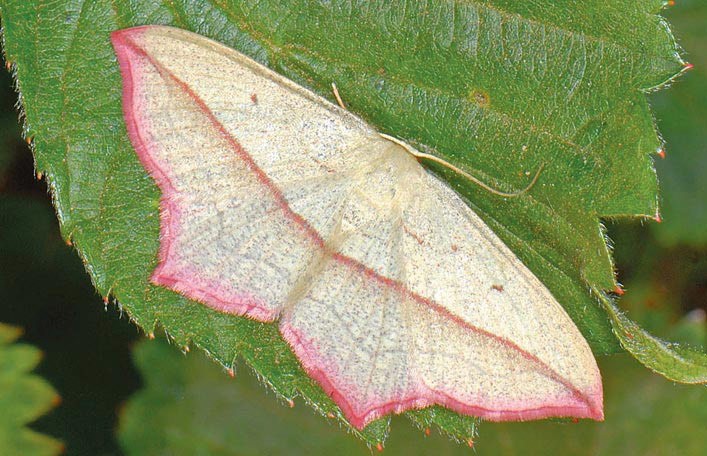Those interested in observing the night sky are often frustrated by the glow of population centers and street lights that makes it difficult to see all but the brightest stars. But stargazers aren’t the only ones distressed by excess lighting. As almost everyone with a porch light knows, moths are attracted to artificial lights and may spend hours every night circling lights and bouncing off lamps, where they become easy prey for predators such as screech owls and bats.
Last year, Dutch scientists from Wageningen University, Dutch Butterfly Conservation, and Philips Lighting conducted a study of moth attractiveness to lighting of different wavelengths, which was published in the journal Biological Conservation. “The use of street lighting, security lighting, and other urban light sources negatively affects many animal and plant species,” the scientists wrote, “and it is considered to be one of the major threats to moth populations.”
Different light sources vary in their spectral composition, which plays an important role in determining how attractive a light may be to insects. Previous research suggested that lighting with shorter wavelengths (those with a high ultraviolet component), like high pressure mercury and sodium vapor lights commonly used for street lighting, attract more moths, while LEDs, which emit no UV, attract fewer insects. But little was known about the species that are attracted by particular wavelengths.
In a six-week study, the researchers tested six different types of light bulbs, including standard incandescent and fluorescent bulbs and the actinic lamps often used in aquariums and photography. The scientists, led by Frank Van Langevelde, set up moth traps in a nature preserve in the Netherlands and analyzed the species composition and physical characteristics of the moths attracted to each type of lamp.
A total of 112 moth species were caught during the study period, with the greatest variety and abundance found at the lamps with the shortest wavelengths. These lamps were particularly attractive to moths with the largest body mass, the largest wing dimensions, and the largest eyes, meaning that areas with high UV lighting may threaten large moth populations. The researchers say that if larger moths are disproportionately harmed by artificial lighting, then the plants pollinated by these moths may be at a greater risk of decline than those pollinated by smaller moths, and those animals that prey on large moths may also be at risk of going hungry.
These findings also suggest that people who make decisions about street lights and other artificial lighting should select lamps with longer wavelengths to reduce the effects of light pollution on moth populations. The next step is to investigate whether the predicted ecological changes are already occurring in brightly lit environments.



Discussion *